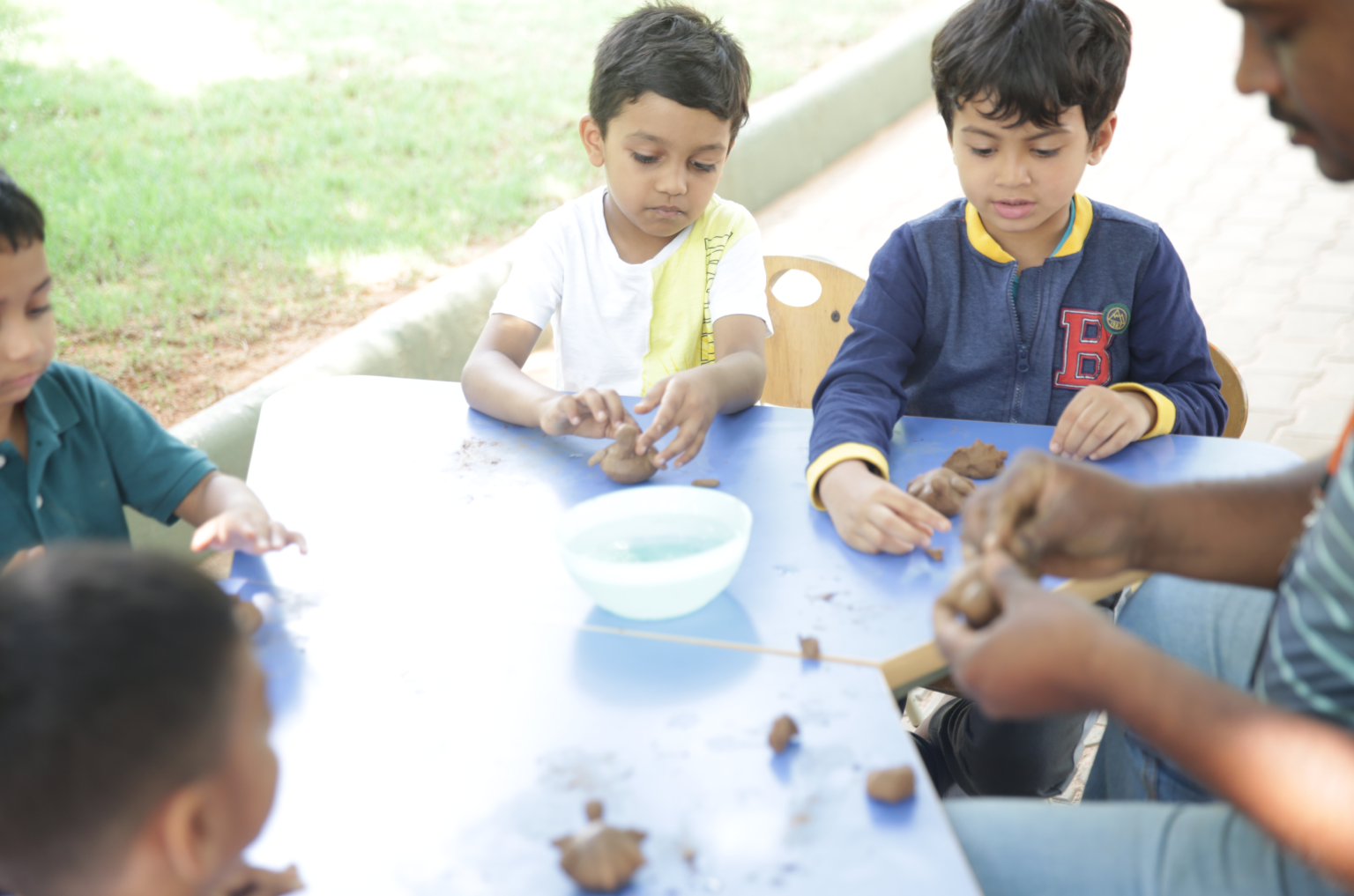Hands-on learning took center stage at Inventure Academy’s Yeshwanthpur Campus, where students from Grades 3 to 8 explored the fascinating world of resin casting and mould making. Held at the campus Makerspace, this immersive activity combined STEM education with creativity and experimentation—bringing science to life in ways that were engaging, visual, and deeply educational.
Table of Contents
ToggleIntroduction
At Inventure, experimental learning is more than a teaching method—it’s a philosophy. By turning classrooms into innovation labs, students gain real-world insight into scientific processes, materials, and DIY science projects. The resin casting and mould making workshop offered a perfect opportunity to blend science, design, and problem-solving into a single learning experience. Learning at Yeshwanthpur Campus reflects this philosophy, where the resin casting and mould making workshop offered a perfect opportunity to blend science, design, and problem-solving into a single learning experience.
Learning Objectives
The session aimed to foster student engagement through a blend of scientific exploration and creative design. Learners were introduced to essential chemistry concepts, including the chemical properties of resin and silicone rubber, while also practicing the engineering of custom moulds.
Understanding Chemical Properties of Resin and Silicone Rubber
Before diving into the hands-on work , students learned the basics of how resins cure, the role of catalysts, and the safety protocols involved in handling synthetic materials. They also explored how silicone moulds are made, and why silicone is the preferred material for flexibility and durability in cast creation.
Basics of Mould Design and Creation
Through guided instruction and observation, learners grasped the fundamentals of mould making—from selecting mould shapes to understanding the importance of sealants, mixing ratios, and timing in the curing process. This foundation set the stage for the activity ahead.
Hands-On Activities
The practical portion of the session brought theory to life as students created custom fridge magnets using their own silicone moulds and pigmented resin.
Making Silicone Moulds Using Liquid Silicone Rubber
Students started by mixing liquid silicone rubber with a curing agent and pouring it over templates of their chosen shapes—ranging from geometric patterns to animals and objects. They observed how silicone sets into flexible, reusable moulds, sparking conversations around material science and industrial design.
Casting Resin into Moulds to Create Fridge Magnets
Once the silicone moulds cured, students mixed resin and pigments, experimenting with color combinations and designs before pouring the mixture into their moulds. The excitement was palpable as the magnets began to harden—offering a tangible takeaway that celebrated both their creativity in science and attention to detail.
Skills & Educational Benefits
This project offered more than just artistic satisfaction—it developed skills that are central to STEM education, innovation, and real-world application.
Enhancing Creativity and Problem-Solving
Students weren’t just replicating a formula—they were designing, troubleshooting, and iterating. Every learner faced unique challenges and had to adapt their methods to get their desired outcome—building critical problem-solving skills along the way.
Developing Hands-On Learning and STEM Skills
From mixing chemicals to managing curing times, the activity required focus, accuracy, and teamwork—making it an ideal STEM project for upper primary and middle schoolers. This kind of hands-on learning ensures that students truly internalize complex scientific concepts.
Encouraging Experimentation and Innovation
The freedom to play with shapes, colors, and resin formulas sparked innovation. Some students layered colors, while others added glitter or texture for effect. The session highlighted how creativity in science can lead to unique, personal outcomes—even in structured experiments.
Conclusion
The resin casting and mould making workshop at Inventure Academy Yeshwanthpur Campus was a shining example of what happens when curiosity meets creativity. By integrating experimental learning with artistic expression and scientific inquiry, students walked away with more than just fridge magnets—they left with a deeper understanding of chemistry, materials, and themselves as makers.
Explore more from Inventure Academy’s hands-on learning environment:
🔗 Hands-On Activities
🔗 Learning at Yeshwanthpur Campus
🔗 Yeshwanthpur Campus



